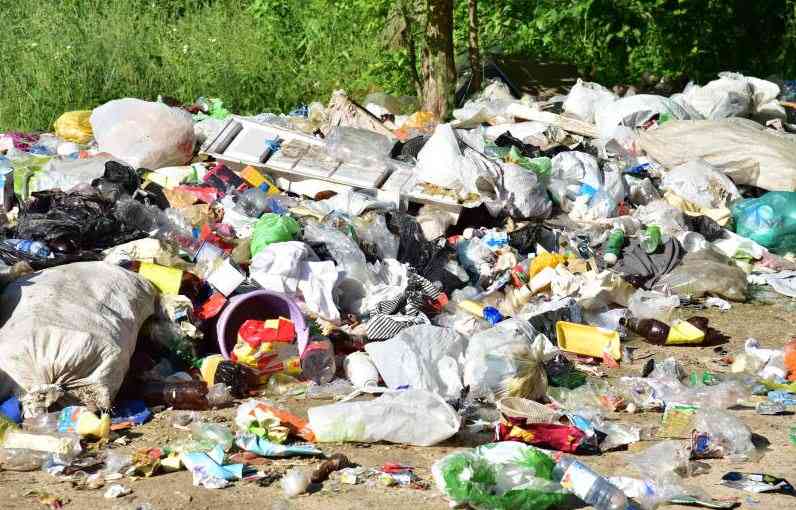Kathmandu and Nairobi Struggle with Plastic Waste Crisis

Plastic bags continue to plague Kathmandu and Nairobi despite legislation and public campaigns aimed at reducing their use. These cities, though geographically distant, share a common struggle with managing plastic waste and shifting behaviors toward sustainable alternatives.
In Kathmandu, a partial plastic ban introduced in 2015 restricts the consumption, sale, and distribution of polythene bags below a certain size and thickness. However, manufacturers face no such restrictions, creating a loophole that undermines the ban. Enforcement is weak, and fines are rarely a deterrent. The widespread use of plastic flowers during festivals further exacerbates the problem. Climate expert Raju Pandit Chhetri emphasizes the urgent need for waste segregation and independent management of hospital waste. Kathmandu's rivers, such as the Bagmati and Bishnumati, are heavily polluted with plastic, with collected waste often diverted to riverbanks.
Despite these challenges, grassroots movements, including women's groups and youth organizations, are actively involved in river cleanups and promoting waste-sorting practices. Recycling is crucial, but relocating industries and addressing open waste burning are also necessary. Awareness campaigns are extensive, but strict enforcement is essential for progress.
In Nairobi, plastic pollution remains widespread despite one of the world's strictest bans on plastic bags enacted in 2017. Border corruption, limited resources, and public apathy undermine the ban. Geoffrey Mosiria, Nairobi Chief Officer for Environment, notes that penalties are not deterrent enough, and plastics continue to enter through porous borders. The Nairobi River symbolizes the capital's failed waste management, with garbage piling up in informal settlements and open spaces.
Large-scale solutions are being initiated, including a waste-to-energy plant at Dandora and support for community-based organizations that sort and recycle plastic. President William Ruto launched the Nairobi River Regeneration and Engineering Works Programme, allocating Sh50 billion for cleanup and restoration. However, cultural and political challenges persist, with hawkers and matatu operators contributing to street-level pollution. Shop owners often fail to maintain cleanliness outside their shops, and cultural changes are necessary for effective enforcement.
Both Kathmandu and Nairobi face similar challenges in managing plastic waste, with rivers becoming plastic graveyards. According to the United Nations Environment Programme (Unep), millions of metric tons of plastic enter the oceans each year via rivers. Plastic pollution blocks drainage systems, contributes to flooding, and degrades soil health, leading to lower yields in farming communities. It also contributes to carbon emissions through production, incineration, and transport.
Despite the challenges, there is hope. Efforts to convert waste into energy, improve waste management practices, and promote cultural changes are underway in both cities. Increased environmental awareness and community involvement are crucial for achieving sustainable solutions.





